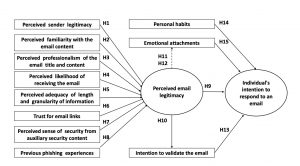“Designing in hostile territory”
In the very first issue that they are responsible for, they will be publishing an article with some of their thoughts about the relationship between the CONNECTING 07 World Design Congress in San Francisco – and Roger Martin‘s contribution there in particular – and the contents of the first issue
On his blog Richard extends that reflection, with a focus on Roger Martin and his articles [Roger has been frequently featured in this blog], on the contribution by Secil Watson, Senior VP Internet Channel Strategy at Wells Fargo and one of the other authors featured in the January+February 2008 issue of interactions, and on some related work, particularly that of Claudia Kotchka, VP of Design Innovation & Strategy at P&G.
The blog story is all about moving user-centred design and an experience focus out of the hands of the specialists and into the embracing arms of “product managers, engineers, and servicing staff”, thereby creating a “design thinking” organisation.
“During a presentation at Stanford University this past spring, [Kotchka] described the P&G journey to achieve such change as progressing through three phases.
- Phase 1, “Discipline of Design,” was a phase during which design was focused largely on aesthetics as other disciplines tried to figure out what to do with designers that were added to the organization.
- Phase 2, “Practice of Design,” was a phase during which designers realized they couldn’t achieve success effectively alone and needed to collaborate with people in other disciplines; among steps taken to help achieve this collaboration: a “mentoring up program” to enable managers to “see what designers see,” and an effort to teach designers the language of business.
- Phase 3, “Design Strategy,” moved on to infusing design innovation into business strategy via, in part, teaching design thinking to business leaders.”




[…] few weeks ago, I announced the new direction taken by Interactions Magazine under its new editors-in-chief Richard Anderson […]
[…] settimana fa, ho annunciato la nuova direzione intrapresa da Interactions Magazine sotto i suoi nuovi redattori capo Richard […]